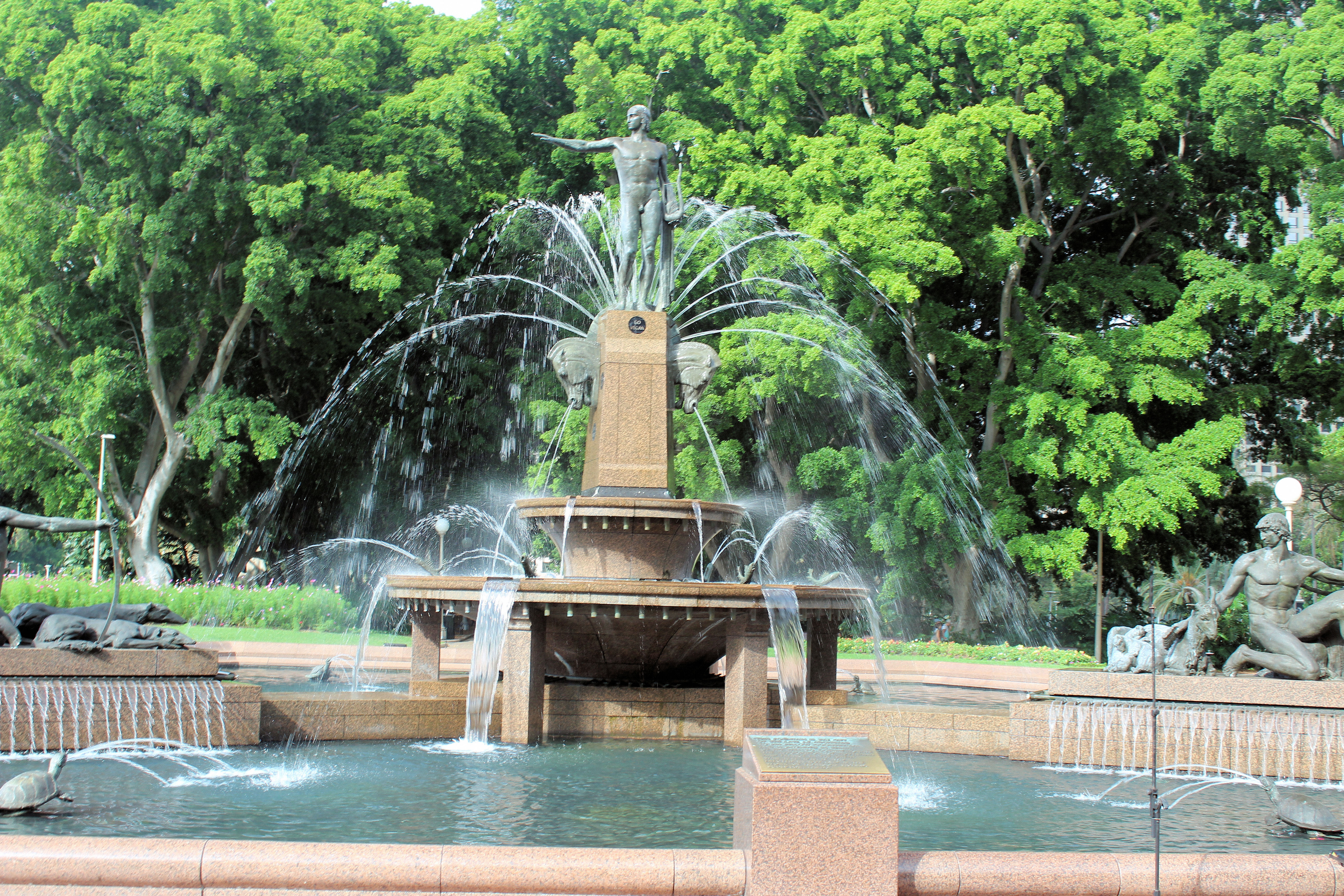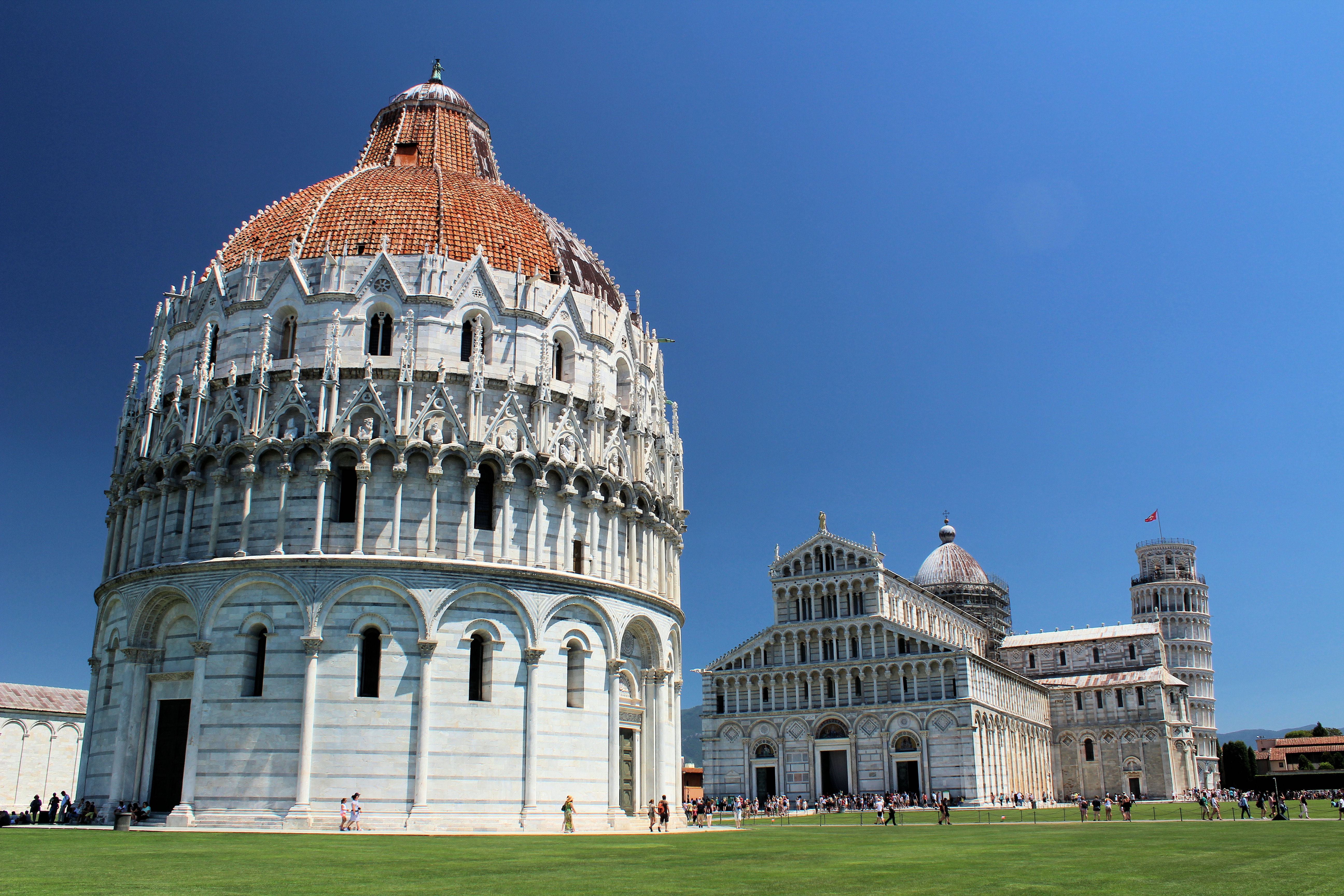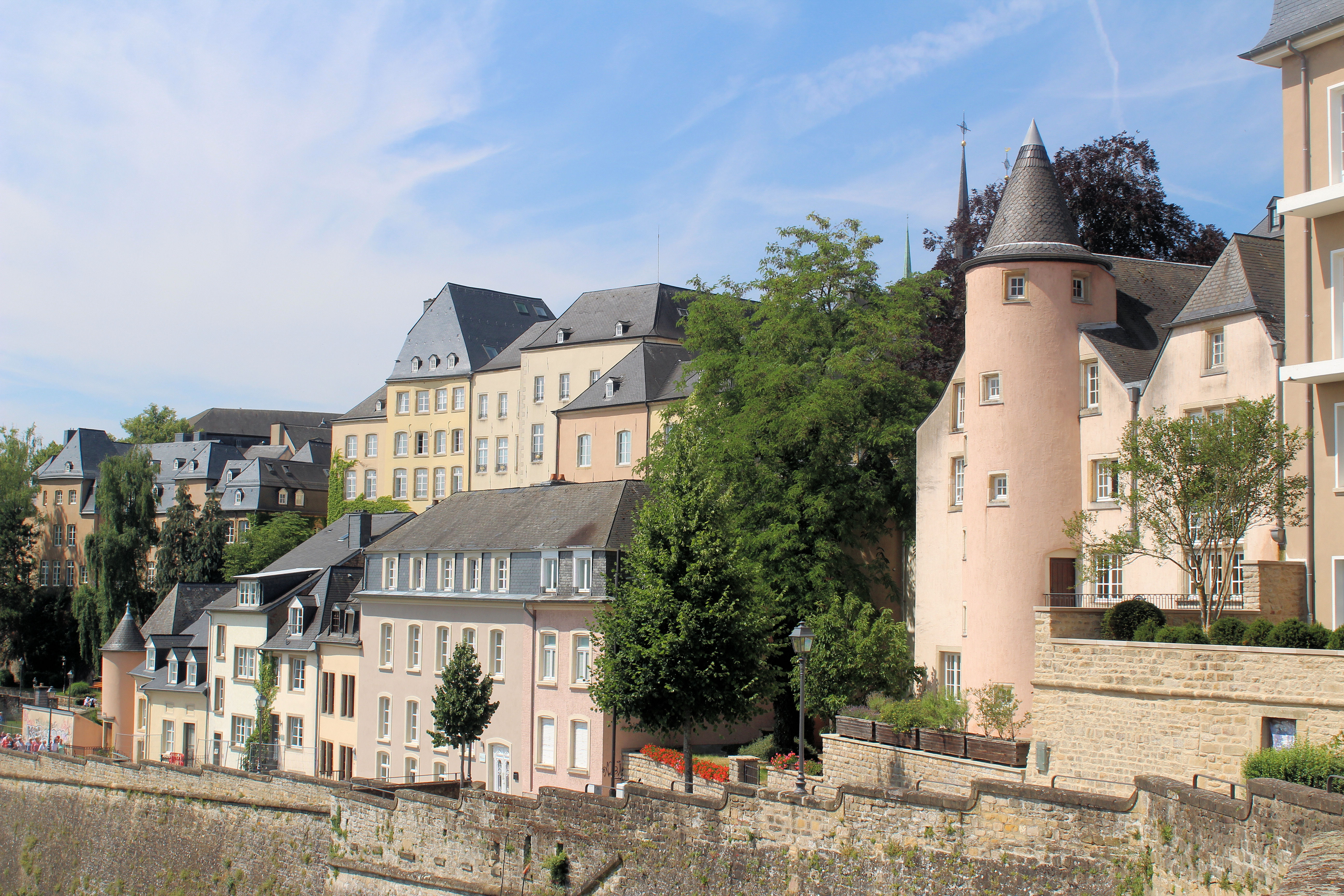Category: Cathedral
Cathedral
-
Hyde Park Sydney Australia

Hyde Park is in the centre of Sydney and is a fantastic retreat from the hustle and traffic of the city. It is cool and shady and there is plenty of seating set around the park. Park Street divides Hyde Park in two, however there are pedestrian crossings at the lights at either end and… Read more
-
Pisa

Getting There We caught a train from Venice to Pisa, with a change in Florence. Departing at 7:30, we arrived in Pisa at 11:00AM. A quick walk to our Hotel ( Hotel Bologna) to drop off our bags and we walked to the Main Street to get some lunch. There are plenty of restaurants to… Read more
-
Luxembourg

How To Get There The train to Luxembourg leaves from Brussels Central hourly and takes about three hours fifteen minutes. Tickets are purchased on the day of travel from the ticket office and cost us 25 Euros each. The staff were friendly and told us what times the train was leaving and from which platform.… Read more